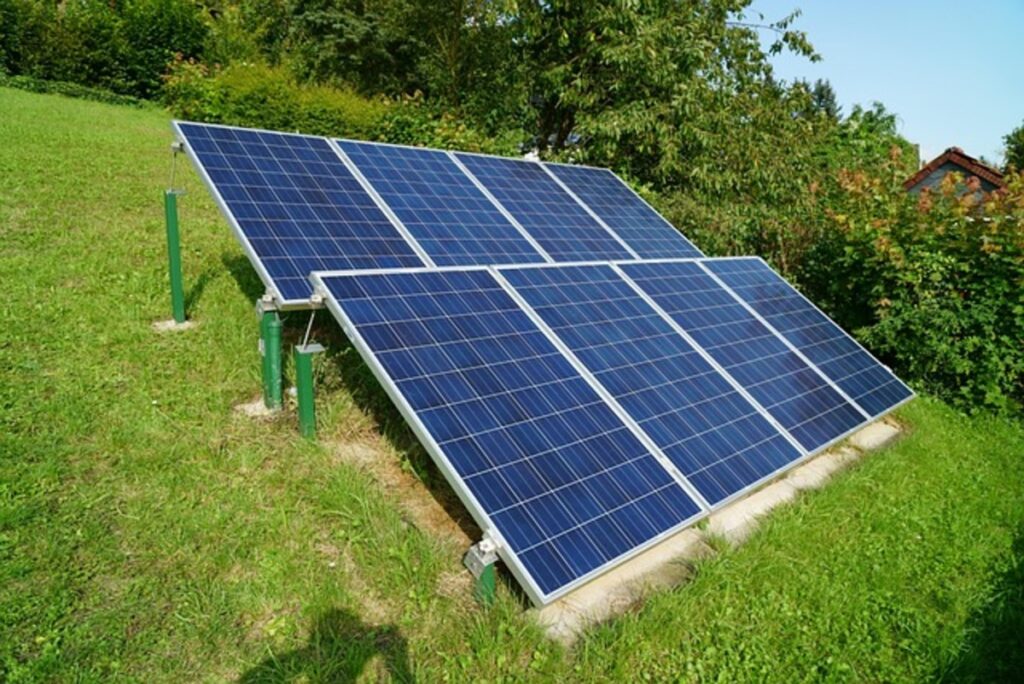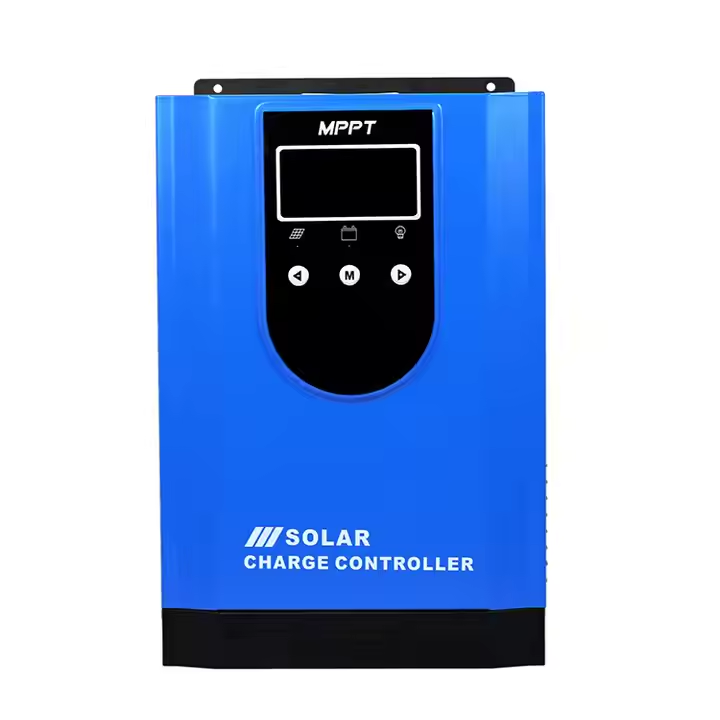Exploring the Key Role of Solar Controllers in a Sustainable Home Energy System
Solar charge controllers are the vital “brains” of any photovoltaic (PV) installation, ensuring that every ray of sunlight is converted, managed, and stored safely and efficiently. By precisely regulating voltage and current, preventing damaging battery overcharge or deep discharge, and intelligently maximizing energy harvest, modern controllers extend battery life, boost overall system performance, and enable seamless integration with storage and grid-tie inverters. In the transition to low-carbon, resilient homes, selecting the right solar controller is as critical as choosing high-efficiency panels themselves.
I. Core Functions of Solar Charge Controllers
A. Precise Voltage & Current Regulation
Solar controllers continuously adjust charging voltage and current to match battery chemistry needs, preventing gassing in lead-acid packs or thermal runaway in lithium batteries (NREL 2025). At night or under low light, they block reverse current flow, stopping batteries from draining back into idle panels (EnergySage 2025).
B. Robust Battery Protection & Longevity
Built-in Low-Voltage Disconnect (LVD) prevents deep discharge below safe thresholds, avoiding irreversible capacity loss in batteries (SEIA 2024). Temperature-compensation features automatically fine-tune charging setpoints, ensuring optimal charge in freezing winters or scorching summers (IEEE Journal 2025).
C. Maximum Energy Harvest via MPPT
Maximum Power Point Tracking (MPPT) controllers dynamically chase the panels’ sweet spot, extracting up to 30 percent more energy under variable shading or cloudy conditions compared to simple PWM units (NREL 2025). Advanced AI-driven MPPT algorithms learn each roof’s unique irradiance profile, squeezing out additional yield on partly shaded arrays (Greentech Media 2025).
II. Enabling a Truly Sustainable Home System
A. Seamless PV Array Integration
Choosing a controller with voltage and current ratings 10–20 percent above your array’s maximum ensures no midday power clipping, maintaining top efficiency without overstressing electronics (SolarPower World 2024). In hybrid grid-tie setups, balancing DC/AC ratios between panels, controller, and inverter minimizes wasted energy and idle time (CleanTechnica 2025).
B. Intelligent Storage Management
Modern controllers orchestrate multi-stage charging—bulk, absorption, float—and rest modes that align with time-of-use utility rates, peak shaving, and demand-response programs (DOE SunShot Report 2024). They automatically store excess midday power in batteries and release it during evening peak periods, often boosting self-consumption from 30 percent to over 70 percent (Energy Utilities Journal 2024).
C. Reliable Backup & Grid Services
Paired with a hybrid inverter, solar controllers enable smooth islanding during grid outages—powering refrigerators, lights, and medical devices without manual switches or noisy generators (Solar Energy Industries Association 2024). Cloud-connected units can report generation data for virtual net-metering or dynamic feed-in tariffs, optimizing homeowner compensation in real time (PV Tech 2025).
III. Cutting-Edge Innovations in Solar Controllers
A. Smart Connectivity & Remote Monitoring
Built-in Wi-Fi, Bluetooth, or cellular modules stream live production, battery state-of-charge, and load metrics to smartphone and web dashboards. Over-the-air firmware updates deliver security patches and new features—no service call required (SolarEdge 2025).
B. AI-Enhanced Predictive Maintenance
Edge-computing analytics sift through voltages, currents, and temperature data to forecast component wear and panel mismatch days before failures occur. Some controllers auto-adjust MPPT setpoints or isolate underperforming modules, keeping systems humming at peak uptime (IEEE Transactions 2025).
C. Eco-Design & Circular Economy
Leading brands now build modular, repair-friendly controllers using recycled plastics and replaceable electronics. End-of-life programs reclaim and refurbish parts, cutting e-waste and embedding sustainability into the hardware lifecycle (GreenBiz 2024).
IV. Best Practices for Homeowners
Proper Sizing & Configuration
Conduct a detailed site and load analysis—assessing shading, peak loads, and future expansion—then choose PWM for simple, small systems or MPPT for shaded/complex arrays (NREL 2025).Installation & Wiring
Use correct wire gauges and torque-specified connections to minimize voltage drop and hotspots. Mount controllers in ventilated, weather-protected areas for longevity (NEC Standards 2023).Routine Operation & Maintenance
Schedule panel cleanings 1–2 times annually to remove dust and debris, recovering up to 20 percent of lost output. Leverage monitoring alerts to catch wiring faults or shade intrusion early and address them swiftly (DOE O&M Guide 2024).
V. Real-World Examples
Off-Grid Mountain Cabin
An MPPT controller with AI-tuned algorithms extended battery life by 30 percent and increased daily energy yield by 25 percent in partial shade.Urban Rooftop Apartment
A Bluetooth-enabled controller in a multi-tenant building improved self-consumption by 25 percent and simplified billing through cloud data sharing.Community Solar Garden
Shared controllers managed multi-tenant credit allocation seamlessly, boosting participant ROI by standardizing energy generation tracking.
Conclusion & Next Steps
Solar charge controllers underpin a sustainable, resilient home energy system—governing efficient energy capture, safeguarding battery health, and orchestrating intelligent storage and grid interaction. To future-proof your solar investment, audit your current setup, explore controller upgrades with AI and IoT capabilities, and partner with certified installers to fine-tune performance and longevity. Your path to a greener, more autonomous home starts with the right solar controller.



